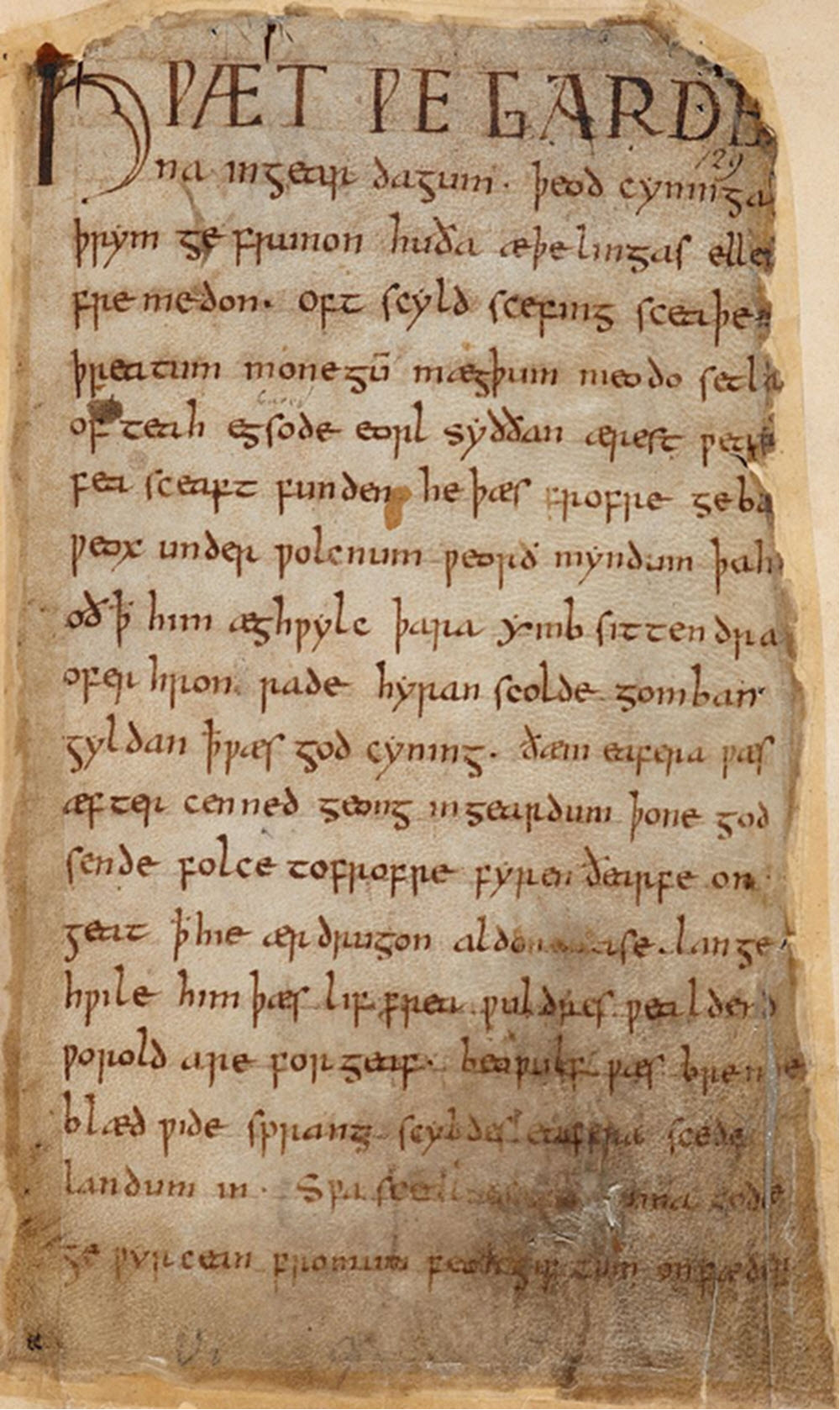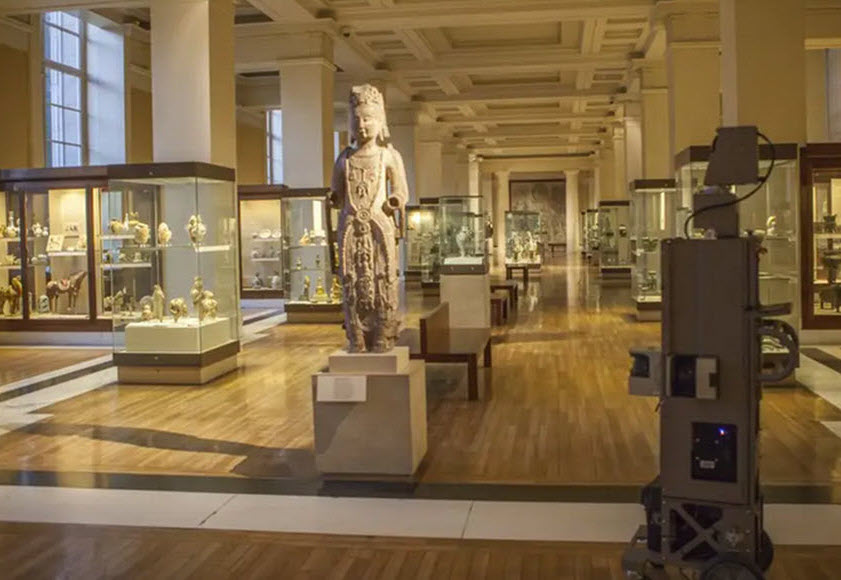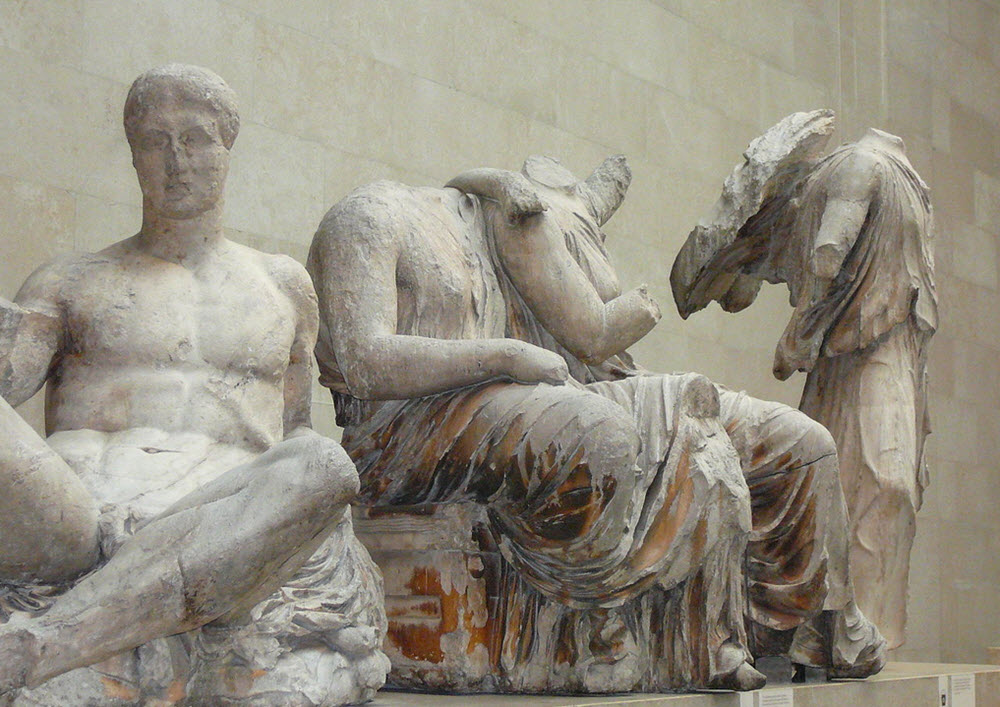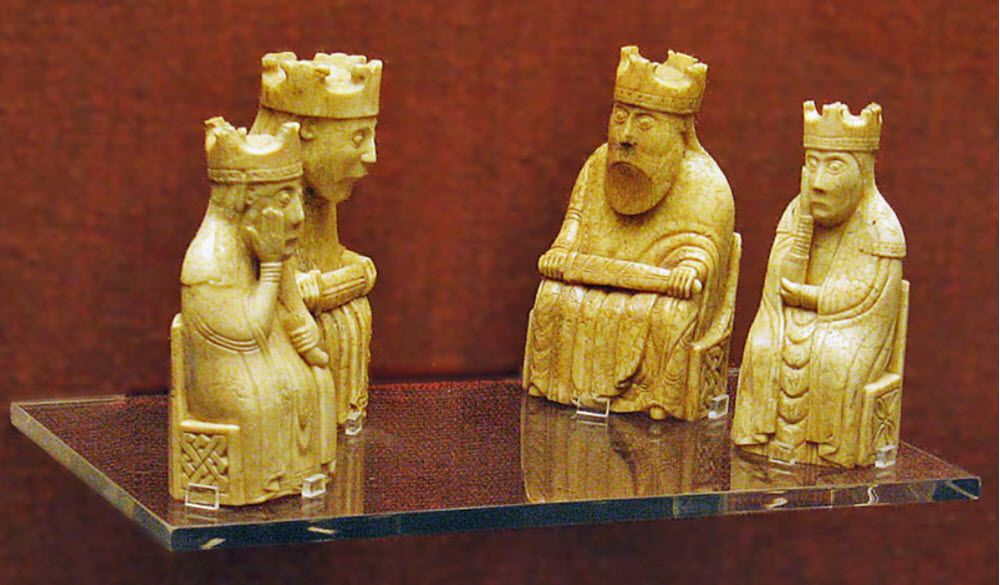The British Museum in London is dedicated to human history, art and culture. It holds approximately 8 millions objects, of which roughly 1% are on public display at any one time. The exhibits are spread out over 94 galleries, and the total museum area is 75,000 square meters.
Established in 1753 and open to the public since 1759, the British Museum was the world’s first public national museum.
Data from 2018 show that over 5.8 million visits were made to the museum that year.
Departments
- Department of Prints and Drawings
- Department of Coins and Medals
- Department of Conservation and Scientific Research
- Department of Britain, Europe and Prehistory
- Department of Egypt and Sudan
- Department of Greece and Rome
- Department of the Middle East
- Department of Africa, Oceania and the Americas
- Department of Asia
- Libraries and archives
Examples of famous objects in the British Museum
Pre-dynastic Egyptian Man, a mummy from circa 3 400 BCE.
He was formerly nicknamed Ginger in the museum because of his red hair. This is one of the six Gebelein predynastic mummies excavated from shallow sand graves near Gebelein (today: Naga el-Gherira) in the Egyptian desert.

The Parthenon Marbles (Elgin Marbles), from 447–438 BCE
This is a collection of Classical Greek marble sculptures. They were originally part of the temple of the Parthenon and other buildings on the Acropolis of Athens.
 The Lewis Chessmen
The Lewis Chessmen
In 1832, a collection of 12th century chess pieces were found in the Outer Hebrides, Scotland. Most of them were carved from walrus ivory. The complete hoard in which they were found contained 78 chess pieces, 14 tablemen and one belt buckle. Today, 82 of the objects are exhibited by the British Museum and 11 by the National Museum of Scotland in Edinburgh.
 The Lindisfarne Gospels
The Lindisfarne Gospels
This manuscript is regarded as one of the finest examples of the unique style of Hiberno-Saxon or Insular art, combining Mediterranean, Anglo-Saxon and Celtic elements. It was produced in the monastery at Lindisfarne, probably around the years 715-720.

The Nowell Codex
This codex is chiefly known for containing the oldest surviving copy of the epic peom Beowulf, one of the most important works of Old English literature.

Where is the museum located?
The British Museum is located in Bloomsbury, a district in the West End of London where you’ll find numerous prestigious cultural, educational and intellectual institutions.
Address: Great Russell Street
London, WC1
UK
Coordinates: 51.5195°N 0.1269°W
Closest stations of the London Underground:
- Goodge Street
- Holborn
- Tottenham Court Road
- Russell Square
The building
Construction of the museum building commenced in 182 One of the first parts to be finnished was the one that we today know as The King’s Library.
Most parts of the museum building, including the perimeter walls, were built using Haytor granite from Dartmoor in South Devon. The museum is faced with Portland stone from the Isle of Portland in Dorset.
The building’s Greek Revival façade features 44 Ionic order columns and each column is 45 ft tall. Designed by Sir Robert Smirke, the façade closely resembles that of a temple dedicated to Athena Polias at Priene in Asia Minor.
Above the main entrance, facing Great Russell Street, is a pediment decorated with sculptures by Sir Richard Westmacott, depicting The Progress of Civilisation. These fifteen allegorical figures were placed there in 1852.
Origins
Throughout his lifetime, the Irish-born physician and naturalist Sir Hans Sloane (1660-1753), who lived in London, gathered a large collection of curiosities. In his will, he bequeted it to King George II, for the nation, for a sum of £20,000.
At the time of his death, Sloan’s collection was comprised of roughly 71,000 objects of which some 47,000 were books or manuscripts. There were also plenty of natural objects in the collection (including many dried plants) as well as antiquities from Sudan, the Near, Middle and Far East, and the Americas.
On 7 June 1753, King George II gave his Royal Assent to the Act of Parliament which established the British Museum. This act also added two libraries to the museum in addition to Sloan’s objects: the Cottonian Library and the Harleian Library. The Old Royal Library was added to the museum a few years later, and these four collections are considered the foundation collections of the British Museum.


 The Lewis Chessmen
The Lewis Chessmen The Lindisfarne Gospels
The Lindisfarne Gospels